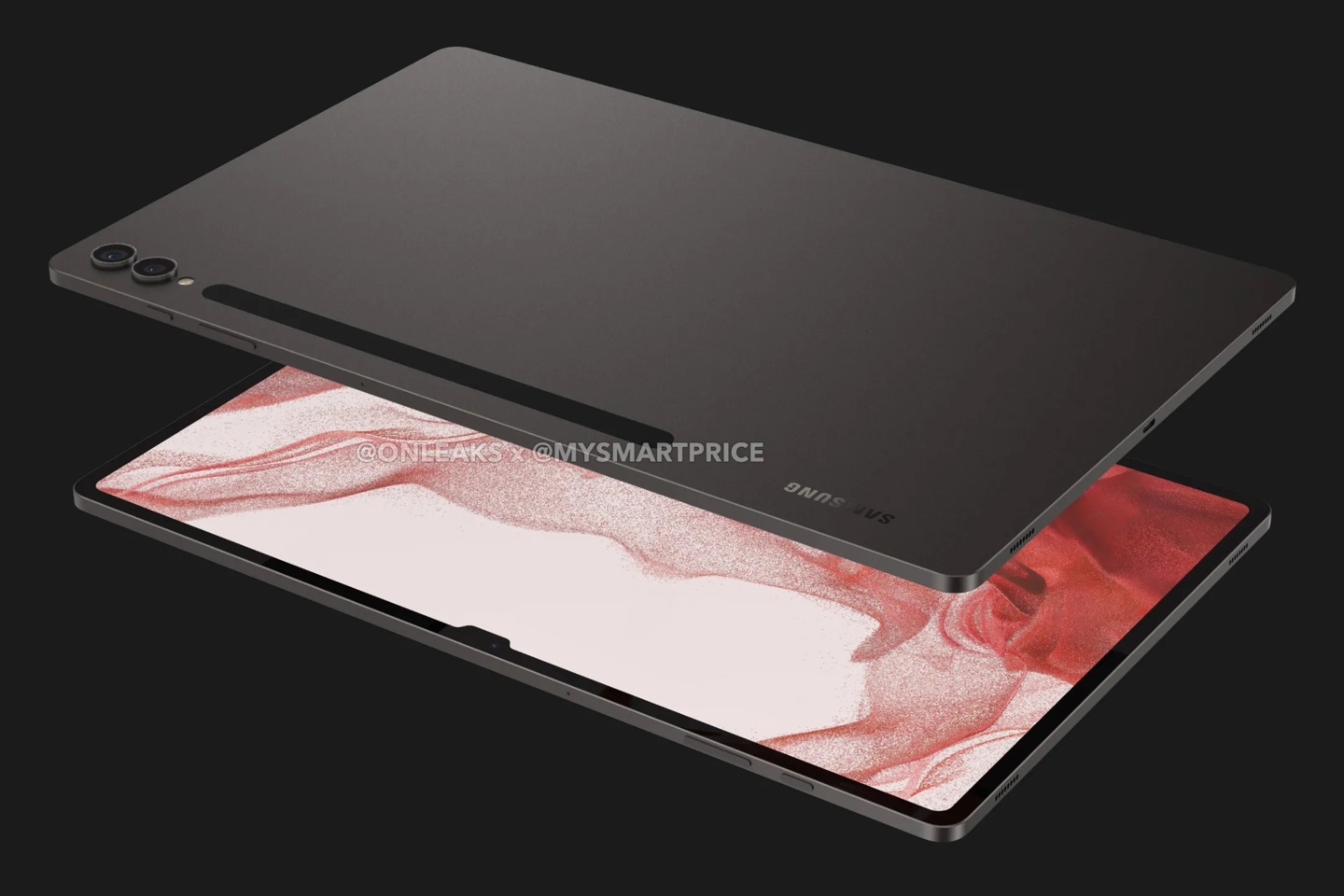As soon as the computer is opened into the BIOS interface is more common, may be caused by a variety of reasons, I will give you one answer.
First, we need to understand what BIOS is. The BIOS is the basic input/output system on the computer. It is the first program that runs when the computer starts up. It is responsible for detecting and initializing hardware devices, and then transferring control to the operating system. Therefore, BIOS is the basis of the normal operation of the computer, once there is a problem, it will affect the normal use of the computer.
So, what are the reasons to enter the BIOS interface as soon as the computer turned on?
1. The hardware is faulty
Hardware failure is one of the main causes of computer failure. For example, if hardware devices such as the motherboard, CPU, memory, and hard disk fail, the computer cannot start normally. In this case, the computer may enter the BIOS, and a hardware exception message is displayed. If you are not sure which device is the fault, try unplugging all the hardware devices and inserting them one by one to see if they start properly. If the device still fails to start, contact the after-sales service to repair or replace the faulty device.
2. The BIOS Settings are incorrect
If the BIOS Settings are incorrect, the computer cannot start normally. For example, you may change the boot order of the device, change the CPU frequency, and other Settings. Incorrect Settings may cause the computer to fail to boot properly. In this case, you can enter the BIOS, restore the default Settings, and restart the PC.
3. The power supply is faulty
Power failure also causes the computer to not boot properly. For example, power supply damage, power cord connection is not strong, and other problems will affect the normal startup of the computer. In this case, you are advised to check whether the power supply works properly and whether the power cable is improperly connected.
4. The operating system is faulty
If your computer has an operating system fault, the computer may fail to start and enter the BIOS interface. For example, operating system corruption, virus infection and other problems can affect the normal operation of the computer. In this case, you can use the system installation disk to repair or reinstall the operating system.
Now that we know the probable cause, what should we do about it?
First, you need to determine why your computer is not booting up properly, and then deal with it on a case-by-case basis.
If the hardware is faulty, contact the after-sales service to repair or replace the faulty device.
If the BIOS Settings are incorrect, you are advised to enter the BIOS, restore the default Settings, and restart the PC.
If the power supply is faulty, check whether the power supply works properly and whether the power cable is improperly connected.
If the operating system is faulty, use the system installation disk to repair or reinstall the operating system.
In short, as soon as the computer is opened into the BIOS interface may be caused by a variety of reasons, need to analyze the specific problem, find the problem and then deal with it. I hope this article will be helpful to you.











